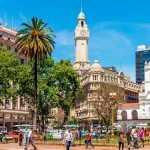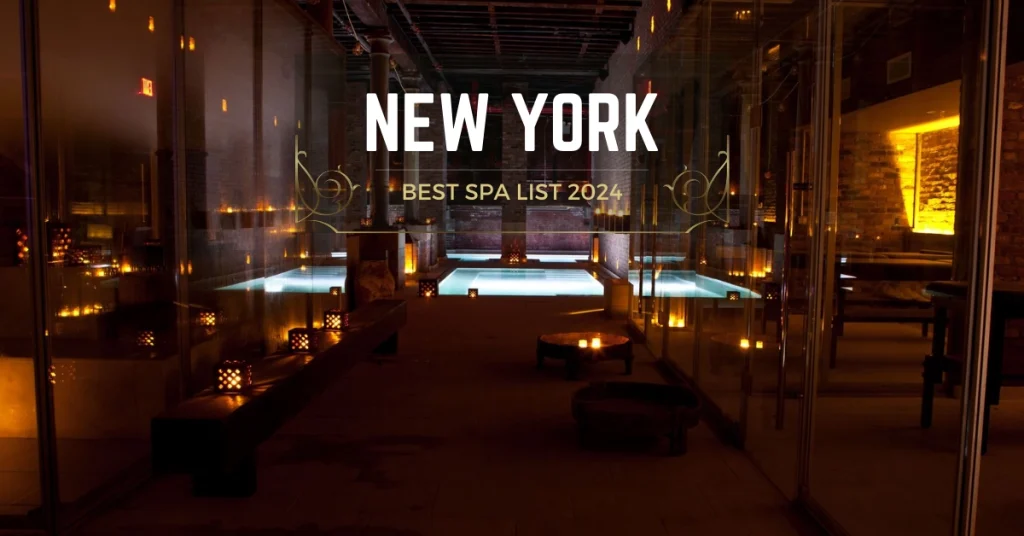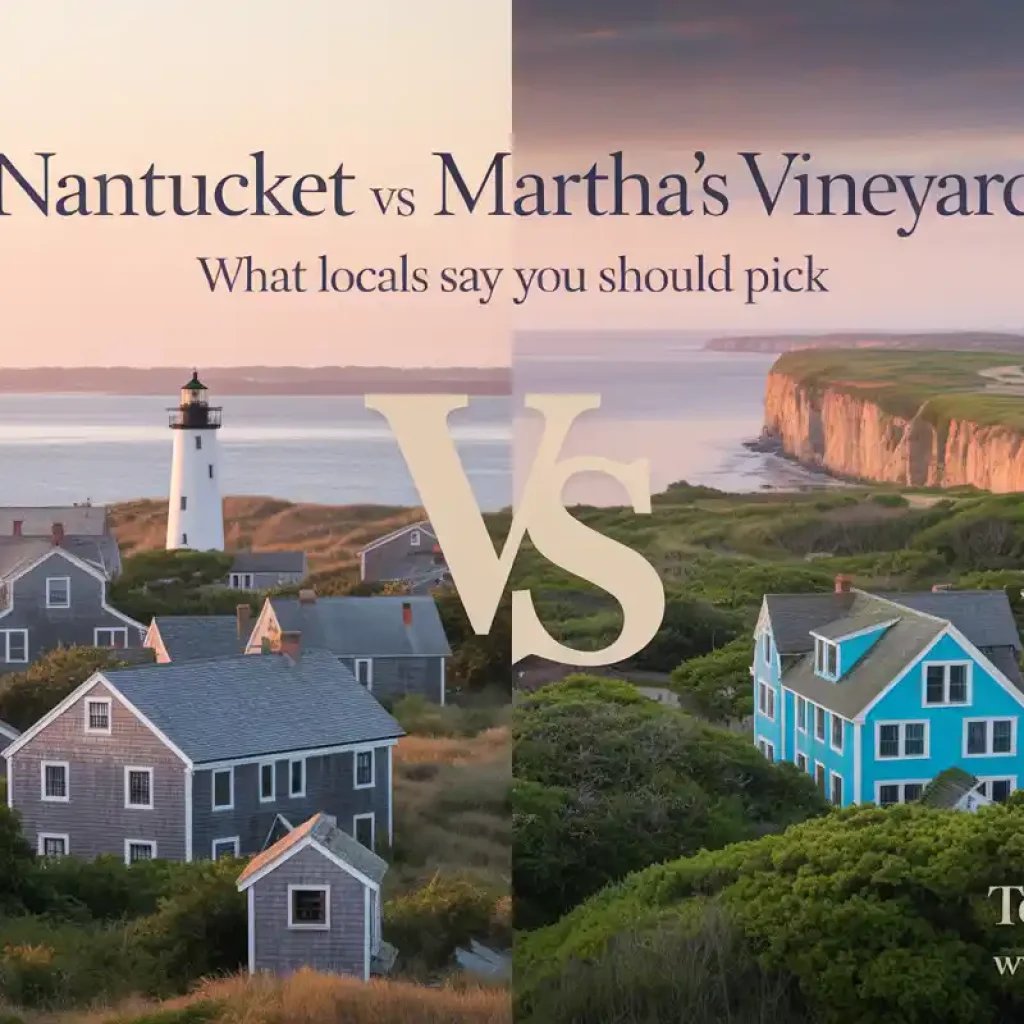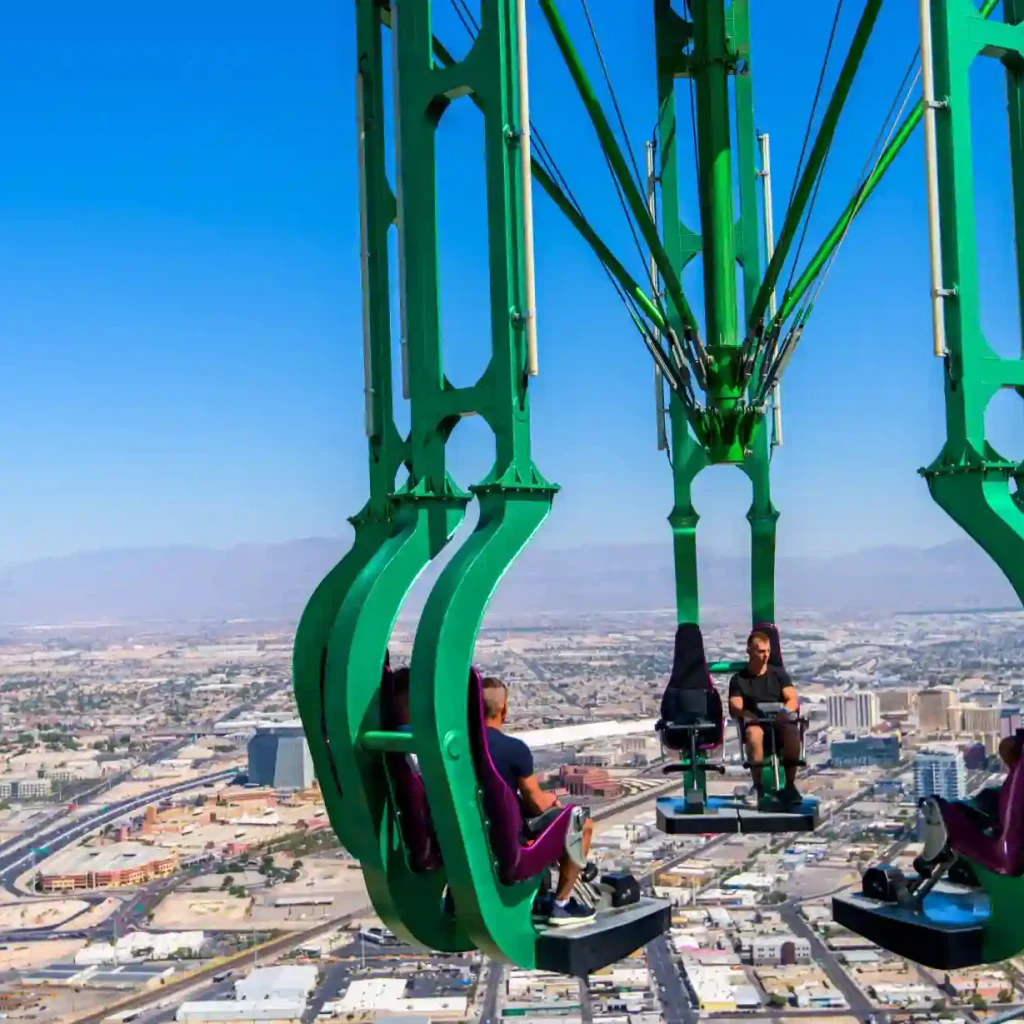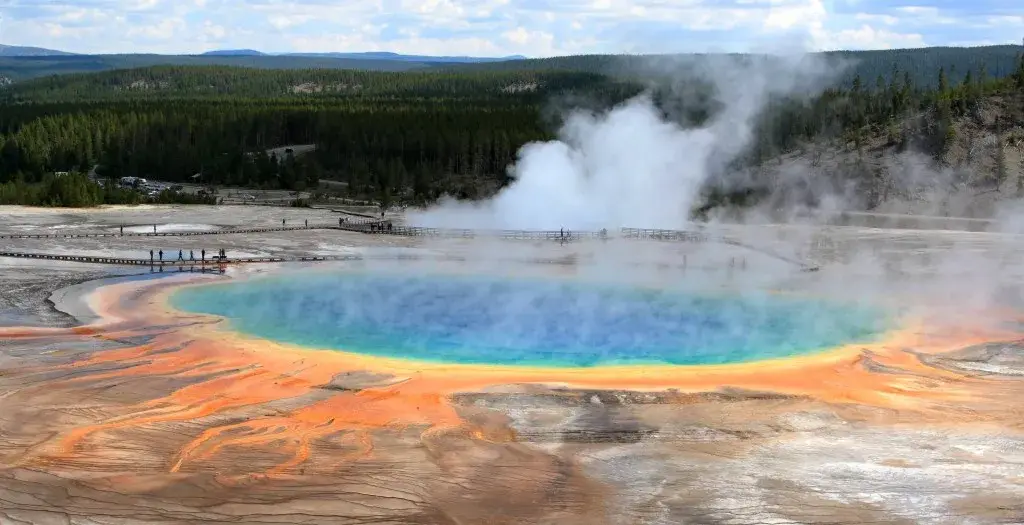Little Corn Island Travel Guide (2025): What You Must Know
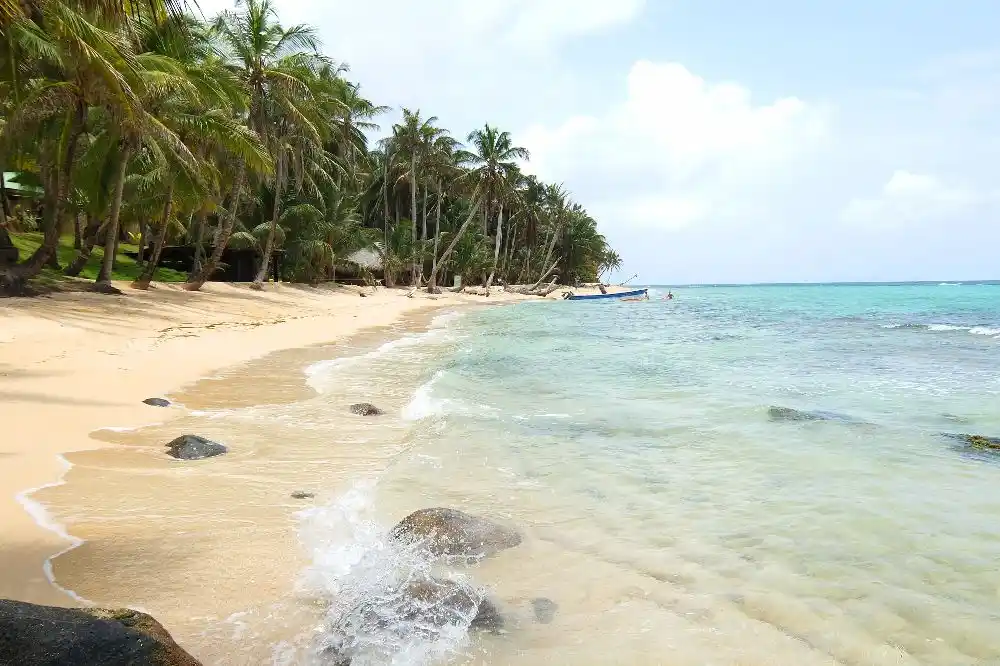
Tucked into the turquoise expanse of the Caribbean Sea, Little Corn Island feels like a secret the world hasn’t spoiled yet. Located off Nicaragua’s eastern coast, this palm-fringed speck in the Corn Islands offers raw beauty, easy rhythms, and genuine warmth that few destinations in Central America still hold.
You won’t find cars, paved roads, or big resorts here—only sandy footpaths, coconut palms, and the sound of waves brushing coral.
At roughly 1.6 square miles, the island’s small population of under 1,500 lives quietly, moving with the tide rather than the clock. Fishing, diving, and slow island life shape the days. In 2025, Little Corn Island draws travelers seeking balance—those tired of noise, craving salt air, and wanting connection over convenience.
You’ll hear locals switch between Creole English and Spanish, a reflection of the island’s mixed cultural heritage that dates back to British Honduras times.
I first arrived here a decade ago while documenting small Adventure travel destinations, and I’ve returned three times since. Each visit reminds me why this is still one of the most authentic Remote Tropical Island Paradises in the Caribbean.
From colorful reef snorkeling to laid-back cafes like Tranquilo Café and Café Desideri, everything feels unhurried and human.
Whether you’re diving the Yemaya Reefs, walking barefoot along Pelican Beach, or staying in Little Corn Beach and Bungalow, this island invites you to slow down and stay longer. That’s what makes Little Corn Island unforgettable.
Getting to Little Corn Island
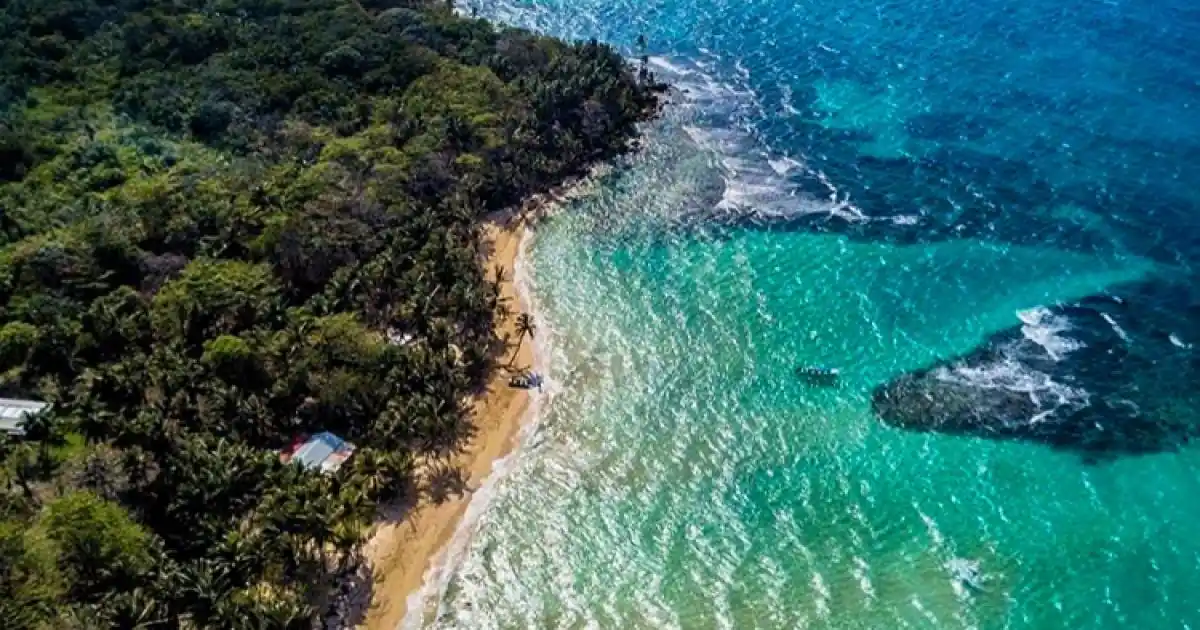
Reaching Little Corn Island takes patience, but the journey is part of its charm. You’ll first fly into Managua International Airport, then board a short domestic flight on La Costeña airline to Big Corn Island. Flights run daily and cost about 90–120 US Dollars one way, depending on season.
The small propeller planes seat fewer than 15 passengers, and the view of the Caribbean Sea dotted with Tiny Islands is unforgettable.
Once you land on Big Corn Island, head to the municipal pier for the panga ride to Little Corn. This open motorboat journey lasts around 30 minutes and costs roughly 10 US Dollars each way.
The sea can get rough in the afternoons, so I always recommend morning crossings. Bring a rain jacket and waterproof your bags; you’ll likely get splashed during the boat ride.
Travelers coming from mainland Nicaragua often pass through El Rama and Blue Fields, taking the Rio Escondido ferry to reach the coast before catching the flight or panga. It’s a longer, more rustic route but offers a look at local life few tourists see.
Practical tips:
• Book domestic flights early, especially in high season.
• Confirm return trips in person, as internet connections can be patchy.
• Carry small bills in Nicaraguan Cordobas for the pier and ferry staff.
• If you miss the afternoon panga, there’s no night transfer—plan accordingly.
Despite its remote setting, reaching Little Corn Island is safe and manageable when timed right. After four visits, I can say the anticipation on that final panga never fades—the moment the green shore appears on the horizon feels like discovery all over again.
Where to Stay: Accommodation Guide
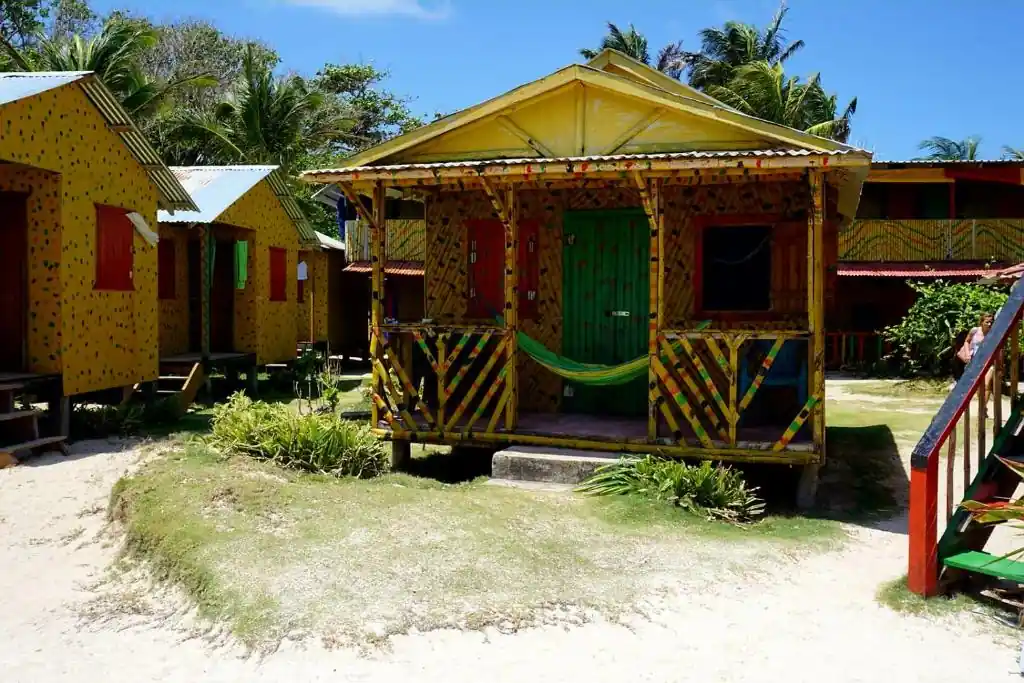
Even without cars or chain hotels, Little Corn Island offers diverse places to stay, from rustic Beach Bungalows to eco-luxury hideaways.
The main village on the west side is best for proximity to restaurants like Darinia’s Kitchen and the Turned Turtle Restaurant and Bar, while the north and east sides promise quieter stays and postcard beaches.
For comfort seekers, Yemaya Island Hideaway near the Yemaya Reefs blends barefoot luxury with seclusion. It’s ideal for honeymooners or travelers who want privacy and wellness amenities. Rates usually start around 300 US Dollars per night, but the ocean views and spa services justify the splurge.
Mid-range travelers love Little Corn Beach and Bungalow, my personal favorite. I’ve stayed here twice, waking to the sound of surf and falling asleep under mosquito nets.
The eco-lodge offers beach hammocks, solar power, and reef access right out front. It balances sustainability and comfort better than any other place on the island.
Budget travelers can find charm at Three Brothers Hotel, a family-run guesthouse with friendly owners and clean, airy rooms for about 40 US Dollars. Or try Casa Iguana, perched slightly uphill with panoramic views and jungle sounds at night. Both places make you feel like part of the island community.
If you prefer beachfront luxury, Las Palmeras Beachfront Hotel and Las Palmeras Little Corn Island offer modern rooms near Pelican Beach. Expect air conditioning, Wi-Fi, and easy access to sunset views. For travelers who value culture over comfort, Lighthouse Hotel sits near the Lighthouse Trail and provides an authentic local experience.
Book early between December and April, the dry season, when demand peaks. And remember, this is an unplugged island. Don’t expect five-star polish; expect genuine smiles, fresh seafood, and sunsets that remind you why you came.
Top Beaches on Little Corn Island
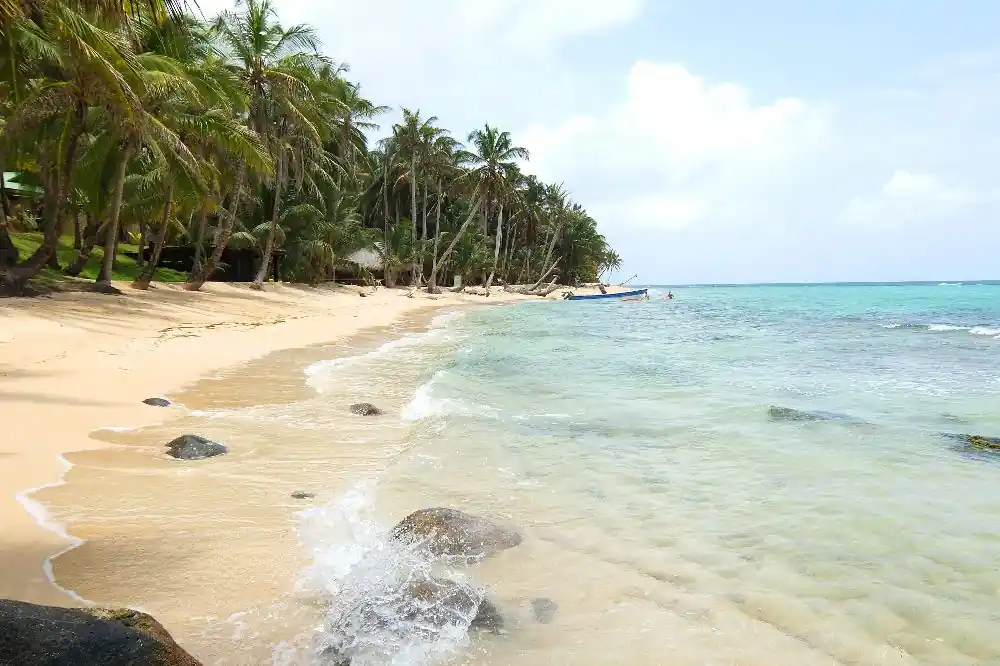
Beaches on Little Corn Island aren’t manicured or crowded. They’re wild, quiet, and shaped by tide and time. Each stretch of sand has a different mood, and after four visits, I’ve learned they reveal their best side at different times of day.
Otto Beach sits on the island’s northern tip and is one of my favorites. Getting there takes a short jungle walk past coconut trees and bright hibiscus. The white-sand beaches here are wide, calm, and perfect for morning swims. You can rent snorkel gear nearby to explore shallow coral reefs where parrotfish dart through crystal clear water.
Pelican Beach feels livelier. It’s close to Las Palmeras Beachfront Hotel and great for travelers who want easy access to food and drinks. Sunset views here are unmatched; locals often gather for sunset celebrations while music drifts from nearby bars.
If you prefer solitude, head to the east side. The trail past Mount Pleasant Hill leads to hidden coves where sea turtles sometimes rest near the seagrass beds. One quiet gem, Goat Beach, remains mostly untouched. It’s a spot I always recommend for travelers who crave silence.
Beach tips:
• Bring insect repellent and water if hiking far from the main village.
• Visit early morning or late afternoon for the best light.
• Respect the environment—avoid walking on coral reefs or leaving trash.
No beach here feels commercial. Whether you swim, nap, or simply watch pelicans dive, every corner of Little Corn reminds you how untouched beauty still exists.
Activities and Things to Do
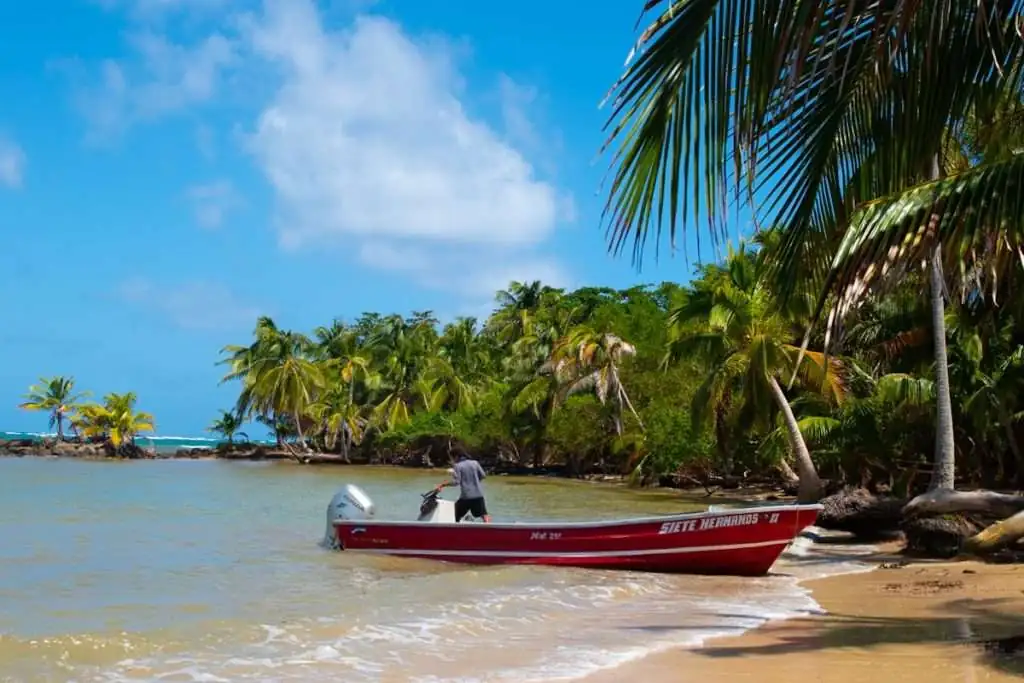
The energy on Little Corn Island is relaxed, but adventure thrives below the surface. Diving, snorkeling, hiking, and yoga fill your days without ever feeling rushed.
Snorkeling and Diving
The reefs around Little Corn Island are part of the southern edge of the Belize Barrier Reef, and they’re some of the healthiest I’ve seen in the region. Local dive sites like Blowing Rock attract marine photographers for good reason. You’ll find schools of snapper weaving through canyons of coral reefs and graceful rays gliding above the sand.
For deeper dives, the Dolphin Dive shop offers PADI courses and guided trips. I earned my PADI Open Water certification here years ago and still return for fun dives with the same instructors. Expect to see Hawksbill turtles, nurse sharks, and vivid marine life that thrives in these crystal-clear waters.
If you’re new to diving, most Tour operators rent quality gear and provide short snorkel tours that circle the Yemaya Reefs. Bring a reusable water bottle and reef-safe sunscreen—it’s a simple way to protect what makes this island special.
Hiking and Exploration
Paths on Little Corn wind through forest and coastline. The Lighthouse Trail takes you past Mount Pleasant Hill to panoramic viewpoints overlooking the Caribbean Sea. At the top, I once shared fresh coconut with a local farmer who pointed out distant Great Corn Island shimmering on the horizon.
Fishing and Boat Excursions
Join local fishermen for a morning trip beyond the reef. You can try Paddle Boarding in calm bays or combine it with a fishing session arranged through community-run tours.
Some packages, like the Raddeal Adventure Package, include snorkeling stops and freshly grilled fish lunches.
Adventure here doesn’t need noise or crowds—it lives quietly in each sunrise, every reef dive, and the rhythm of small waves against sand.
Food and Drink: Local Cuisine and Dining
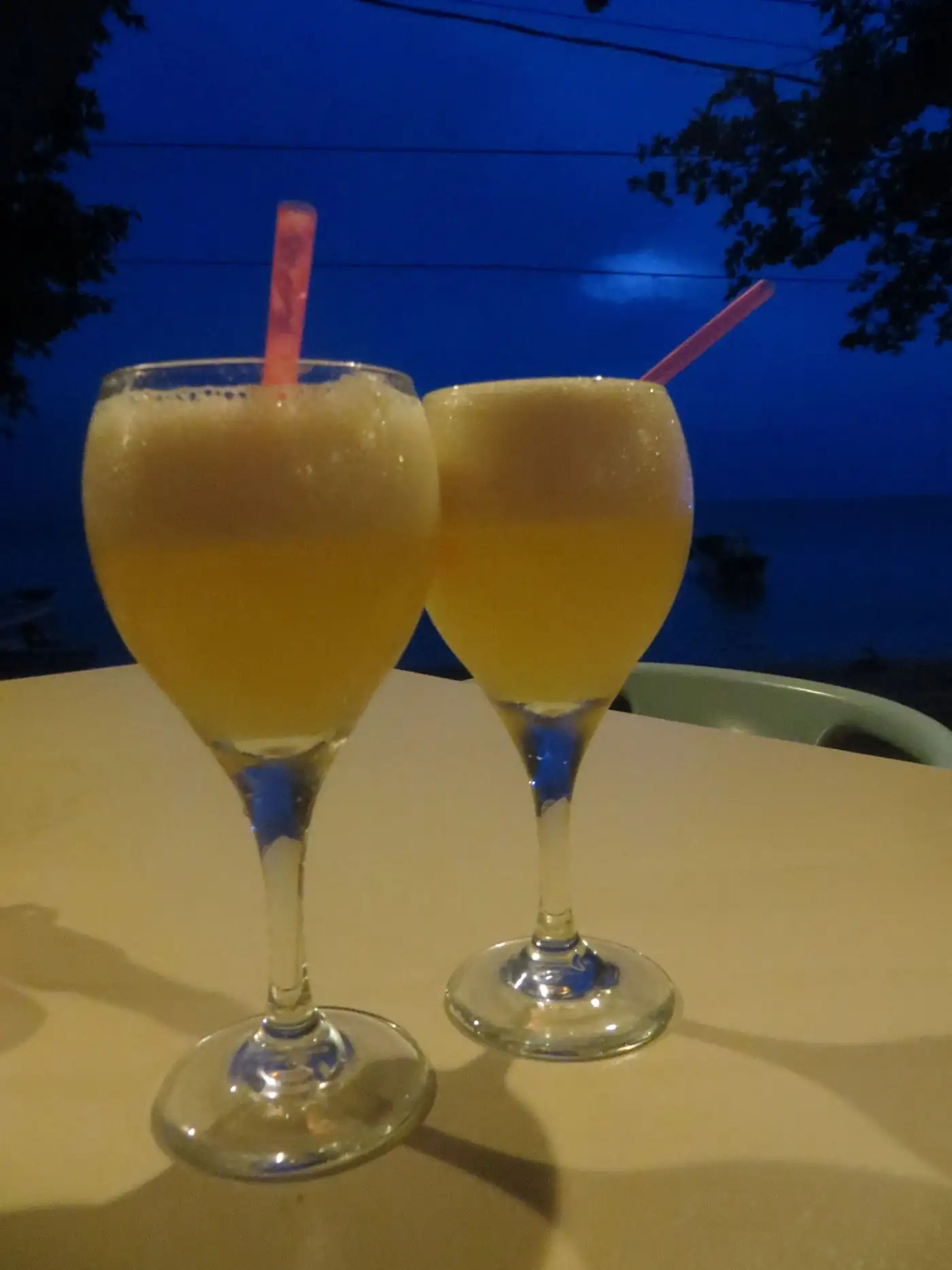
Food on Little Corn Island blends coastal Caribbean and Nicaraguan flavors. Coconut, seafood, and spice rule the menu. You won’t find fast food chains here, only small kitchens run by families who cook from memory.
Start at Turned Turtle Restaurant, known for lobster rondon simmered in coconut milk and served with plantains. I’ve eaten there during multiple visits, and it remains consistently excellent. For breakfast, Café Desideri offers local coffee and banana pancakes by the beach, perfect after an early swim.
Tranquilo Café sits at the heart of the main village, popular for fresh seafood tacos and its laid-back deck overlooking the sea. It’s also a good spot for travelers swapping tips over cold drinks during sunset celebrations.
Other favorites include Darinia’s Kitchen for homemade stews, Lobster Inn for grilled fish, and Fish Fry Bar, a local hangout where live music fills the air on weekends. Expect to pay between 6–12 US Dollars for a full meal, depending on size and ingredients.
Locals grow seasonal produce in small community gardens, so menus change with availability. Vegetarian travelers will find enough options, though bring snacks if you have strict dietary needs.
Tip: Carry cash. Most restaurants don’t accept cards. Meals often take time, but that’s part of island life. Relax, sip a coconut, and enjoy how food still tastes like it came from someone’s own kitchen.
Local Community and Culture
Life on Little Corn Island flows with rhythm, not routine. The community is small, close-knit, and welcoming to visitors who show respect and curiosity. Most residents are of Creole descent, tracing family roots back to the days when the islands were part of British Honduras. That heritage still shapes the local dialect, music, and cuisine.
You’ll hear reggae and calypso beats in the village, smell coconut bread baking, and see kids playing baseball near the Karen Tucker Baseball Stadium. Religion and family play strong roles here, but people are relaxed and friendly. Travelers who greet with a smile and take time to chat at small shops earn genuine warmth in return.
Locals take pride in preserving the island’s cultural heritage. Annual events like the Crab Soup Festival bring everyone together to celebrate music, dance, and food. I once joined this lively gathering, watching cooks stir huge pots of crab stew while children danced barefoot in the sand.
The island also values sustainability. Projects like community gardens and eco-lodges promote slow travel, supporting local jobs while protecting natural resources. When visiting, skip single-use plastics and buy handmade crafts from local artisans. A few dollars here directly help families maintain traditions and keep Little Corn authentic.
Practical Tips for Travelers
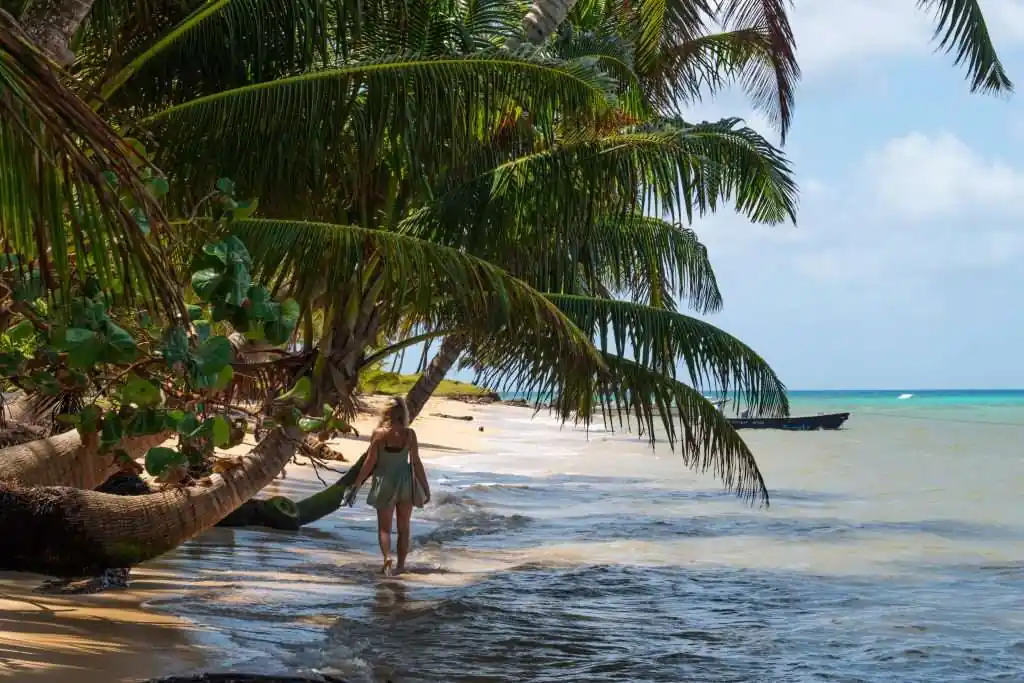
Despite its relaxed vibe, Little Corn Island requires planning. Things move slowly here, and knowing what to expect helps you travel smarter.
Currency and Costs
Most transactions are in US Dollars, though you’ll also encounter Nicaraguan Cordobas. There are no ATMs, so bring enough cash for your stay. Meals range from 6–12 USD, while simple guesthouses start at about 40 USD per night.
Connectivity and Communication
Wi-Fi exists, but it’s limited. Three Brothers Hotel and Casa Iguana offer stable connections for checking messages, but streaming is hit-or-miss. Local SIM cards don’t always work well due to coverage issues. Treat it as a digital detox—it’s worth it.
Health and Safety
Carry basic medicine. There’s a small clinic, but no pharmacy. I recommend travel insurance covering remote locations. Always wear sandals on beaches to avoid coral cuts, and pack a rain jacket for sudden showers.
Packing List Essentials
• Reef-safe sunscreen and mosquito repellent
• Snorkeling mask or snorkel gear if you prefer your own
• Flashlight or headlamp for walking at night
• Cash in small bills
• Power bank for charging devices
Weather and Best Time to Visit
The island has a tropical climate under the Köppen climate classification, meaning it’s warm year-round. Dry season runs from December to April, while May to November brings humidity and rain. Even in the wet months, mornings are often sunny.
Travel here demands flexibility, but that’s part of the beauty. You trade convenience for simplicity—and it’s worth every second.
Unique Insider Tips and Off-the-Beaten-Path Experiences
Little Corn Island rewards explorers who wander beyond the main village. After years of returning, I’ve learned that the island’s best spots aren’t on any tourist map.
Start with the Lighthouse Trail, which winds past dense greenery to panoramic views near the old Lighthouse Hotel. Bring water and time—it’s not long, but the scenery makes you linger. From the top, you’ll see Great Corn Island glimmering beyond the Caribbean Sea.
Next, head inland to the jungle gym area, a small clearing where locals gather for friendly volleyball matches. It’s one of those places that makes you feel like part of the island, even if you’re only visiting.
For food and fun, I always recommend catching the Fish Fry Bar nights near Goat Beach. You’ll eat grilled snapper, hear drums, and join spontaneous sunset celebrations that often turn into dance parties.
Travelers seeking quiet can hike to hidden coves near Mount Pleasant Hill, where you’ll find seagrass beds teeming with fish. Bring a mask—you might spot a Hawksbill turtle grazing below.
Volunteering options exist for those staying long-term, from helping in community gardens to assisting local schools. Supporting these efforts ensures your trip contributes something lasting.
Before leaving, spend a night at the Little Corn Beach and Bungalow beachfront deck. Order a drink, listen to waves, and watch stars scatter across the night sky. That’s when this island sanctuary feels most alive—quiet, simple, and unforgettable.
Final Recommendations
After more than a decade of travel across Central America, I can say few places match the soul of Little Corn Island. It’s peaceful without being dull, remote yet welcoming, simple but deeply rewarding. Time slows here, giving space for reflection and real connection.
Whether you’re watching the sun melt into the Caribbean Sea, learning to dive at the Yemaya Reefs, or enjoying coconut bread baked fresh each morning, everything feels personal. The people, the food, and the silence between the waves all carry weight.
Stay at Little Corn Beach and Bungalow if you want comfort balanced with conscience. Visit during dry months when the coral reefs glow brightest. Bring curiosity, humility, and cash in US Dollars. Most of all, come ready to adapt. This island isn’t about luxury—it’s about life stripped to what matters.
Travel here in 2025 feels like traveling back in time. And if you treat it gently, Little Corn Island will stay exactly as it should—wild, kind, and unforgettable.
Frequently Asked Questions (Expert Answers)
1. How do I get to Little Corn Island from the USA?
Fly to Managua International Airport, then take a La Costeña airline flight to Big Corn Island. From there, a 30-minute panga ride takes you to Little Corn. Book early during peak season.
2. What is the best time of year to visit Little Corn Island?
Dry season runs from December to April. The Köppen climate classification labels this as tropical, with warm temperatures all year. I find late March ideal for calm seas and bright diving visibility.
3. Are there ATMs or banks on Little Corn Island?
No. Bring enough US Dollars or Nicaraguan Cordobas. Only a few guesthouses occasionally accept cards.
4. What types of accommodation are available on Little Corn Island?
Everything from luxury at Yemaya Island Hideaway to mid-range charm at Little Corn Beach and Bungalow, and budget options like Three Brothers Hotel or Casa Iguana.
5. Is snorkeling or diving good on Little Corn Island?
Yes, incredibly. Dive sites like Blowing Rock and the Yemaya Reefs are world-class. Expect to see marine life like rays, Hawksbill turtles, and bright coral gardens.
6. Are there restaurants that cater to vegetarians or special diets?
Yes. Tranquilo Café and Café Desideri both serve vegetarian meals. Ingredients depend on seasonal produce and what’s available in local community gardens.
7. How do I get around the island without motorized vehicles?
Everything is walkable. Dirt paths connect beaches and villages. Bring sturdy sandals and a flashlight for night walks.
8. What safety precautions should travelers take on Little Corn Island?
The island is safe. Still, use basic sense—avoid swimming after dark, lock valuables, and carry a rain jacket during rainy months.
9. Can I book tours and activities in advance or on arrival?
Both options work. Local Tour operators handle diving, snorkel tours, and the Raddeal Adventure Package directly on-site. Internet can be slow, so confirm in person.
Recent Posts
 Tubeseferi: 7 Must-Know Features for Smart City Travel in 2025
Tubeseferi: 7 Must-Know Features for Smart City Travel in 2025 What Is Antolohe? Hidden Travel Meaning Revealed for 2025
What Is Antolohe? Hidden Travel Meaning Revealed for 2025 How to Become a Travel Agent Without Experience?
How to Become a Travel Agent Without Experience? 15 Best Airlines for Long Flights in 2025: Comfort, Cuisine, and Sky-High Service
15 Best Airlines for Long Flights in 2025: Comfort, Cuisine, and Sky-High Service Day Trips from Buenos Aires: Surprising Routes Off the Tourist Trail
Day Trips from Buenos Aires: Surprising Routes Off the Tourist Trail




